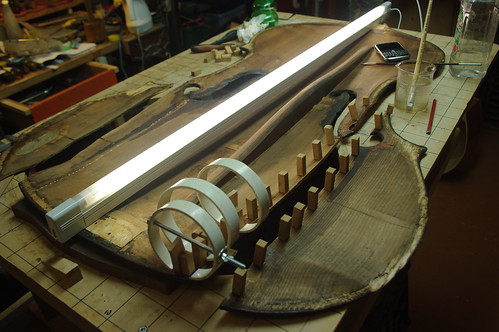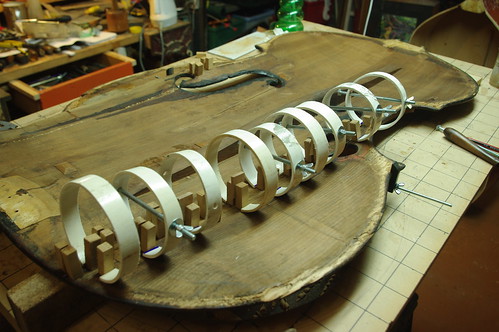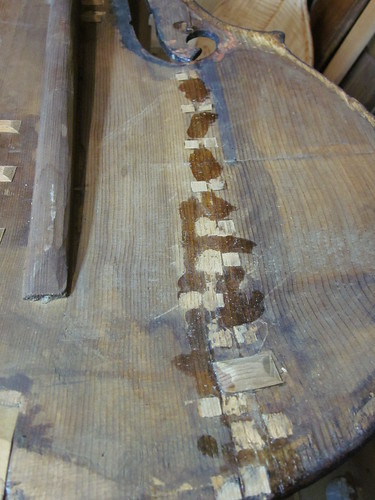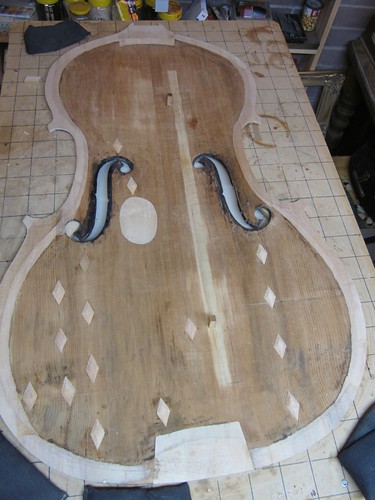The pulpit in our church was made from red oak by one of our members. It is stained a nice golden oak color. It is about 18 months to 2 years old. The front is a large glue-up of solid boards, probably 3/4, with a good size raised panel in the middle.
About 4-5 weeks ago, I noticed a crack in the front panel. It is in the upper right hand side where it is very obvious. It looks to me like the raised panel has expanded and caused the outer panel to split. It is not in a joint, but in the grain. It is probably 1/8 wide by 3-4 inches long.
I would like to offer a suggestion for minimizing the crack. The pulpit is built like a tank, and taking it apart is not an option. Seems to me the best option is to fill the crack with either a matching color filler, or with filler that will take stain. But I have little experience with filler, and it wasn't good in regards to taking stain.
I don't have a photo, but will try to get one today.
What would you guys suggest?
Thanks,
Brian
About 4-5 weeks ago, I noticed a crack in the front panel. It is in the upper right hand side where it is very obvious. It looks to me like the raised panel has expanded and caused the outer panel to split. It is not in a joint, but in the grain. It is probably 1/8 wide by 3-4 inches long.
I would like to offer a suggestion for minimizing the crack. The pulpit is built like a tank, and taking it apart is not an option. Seems to me the best option is to fill the crack with either a matching color filler, or with filler that will take stain. But I have little experience with filler, and it wasn't good in regards to taking stain.
I don't have a photo, but will try to get one today.
What would you guys suggest?
Thanks,
Brian





